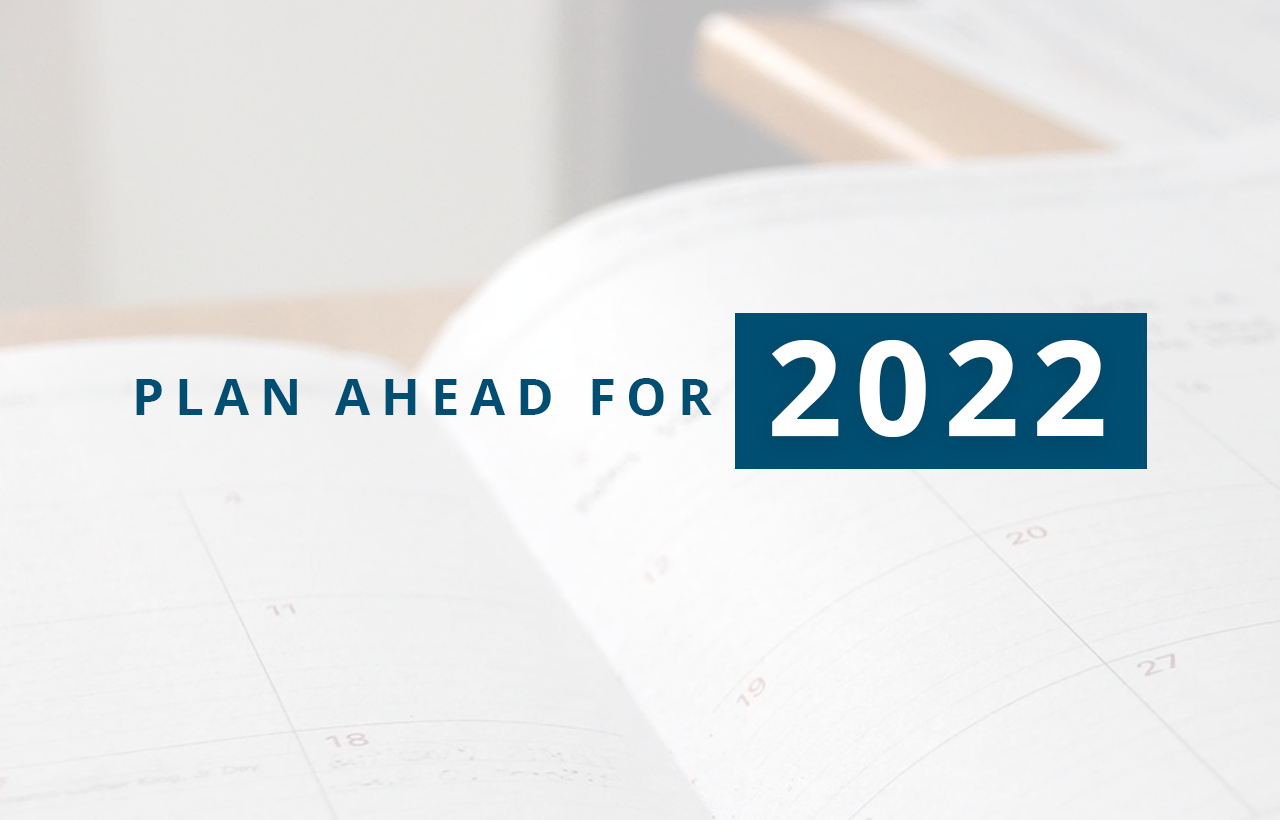
Q4 2021: Compliance Budget Planning
25 October 2021
With 2022 right around the corner, now is the time to reflect on your compliance efforts over the past year and to develop a strategy for the year ahead. To help you get started, here are five questions to ask yourself now:
1. What are your compliance function’s strengths and weaknesses?
Conduct an internal audit of your compliance program to identify areas for improvement and determine what has worked well. Start with a risk assessment to identify new vulnerabilities, gaps and requirements. Our mini guide, “How to Conduct an Effective Corruption Risk Assessment” will be a helpful resource at this stage. The full white paper, which includes a sample list of risk assessment questions, is available in the members-only TRACE Resource Center.
2. Is your compliance program keeping pace with the regulatory landscape?
Regulatory demands are constantly evolving. We’ve seen increased focus on environmental, social and governance (ESG); data privacy; diversity, equality and inclusion; and supply chain risk management. Earlier in the year, the U.S. Securities and Exchange Commission set up a task force dedicated to climate and ESG risks and opportunities. With the release of the National Security Study Memorandum by President Biden, it is clear that corruption will continue to be a key focus for the administration. See what this means for the private sector in this article, and register for TRACE’s webinar evaluating trends to date and what may lie ahead for 2022.
3. What projects weren’t you able to get to this year?
In addition to keeping up with regulatory requirements, there were likely internal projects that you wanted to get to. Rolling out eLearning? Implementing new technologies? Take the time now to reassess your compliance priorities and to evaluate resource needs and constraints. With TRACE membership, you can access the tools and resources you need to administer an effective compliance program at a fraction of the cost of doing it yourself or working with other vendors. View member benefits.
4. Where do your international risks lie?
Compliance professionals have many factors to consider when assessing the bribery risk of their company’s proposed global investments and engagements. In addition to the risks posed by new business relationships, companies must also consider the particular risks presented by a given country. You can use the TRACE Matrix and the TRACE Matrix Data Browser to identify and evaluate business bribery risks and to develop more effective internal controls. TRACE members also have access to TRACEsort, our customizable third party risk assessment tool. The tool incorporates scores from the TRACE Matrix into its assessment algorithm.
5. Are you wasting money on third party due diligence?
TRACE maintains two publicly accessible databases that can help you find pre-screened business partners worldwide quickly and easily: the Intermediary Directory and the TRAC Register. If you’re handling all of your due diligence in-house, checking to see if your intermediaries are in TRACE’s directories will let you know—at no cost—if they’re being screened against sanctions, watchlists and Politically Exposed Persons (PEP) daily.
Reassessing your budget for 2022?Schedule a call with our experts to see how our shared-cost compliance and due diligence solutions can help you maximize your 2022 budget. |
